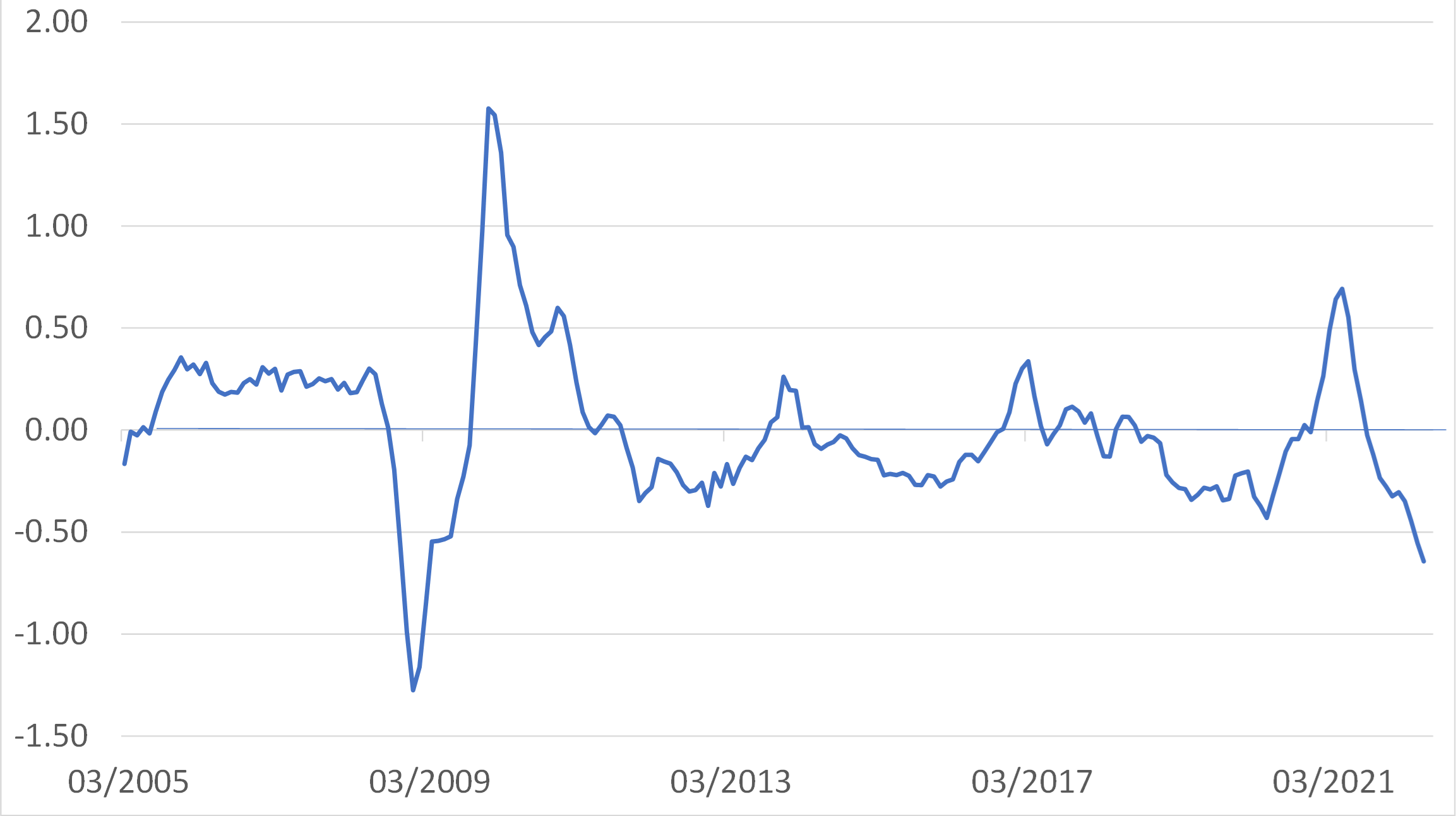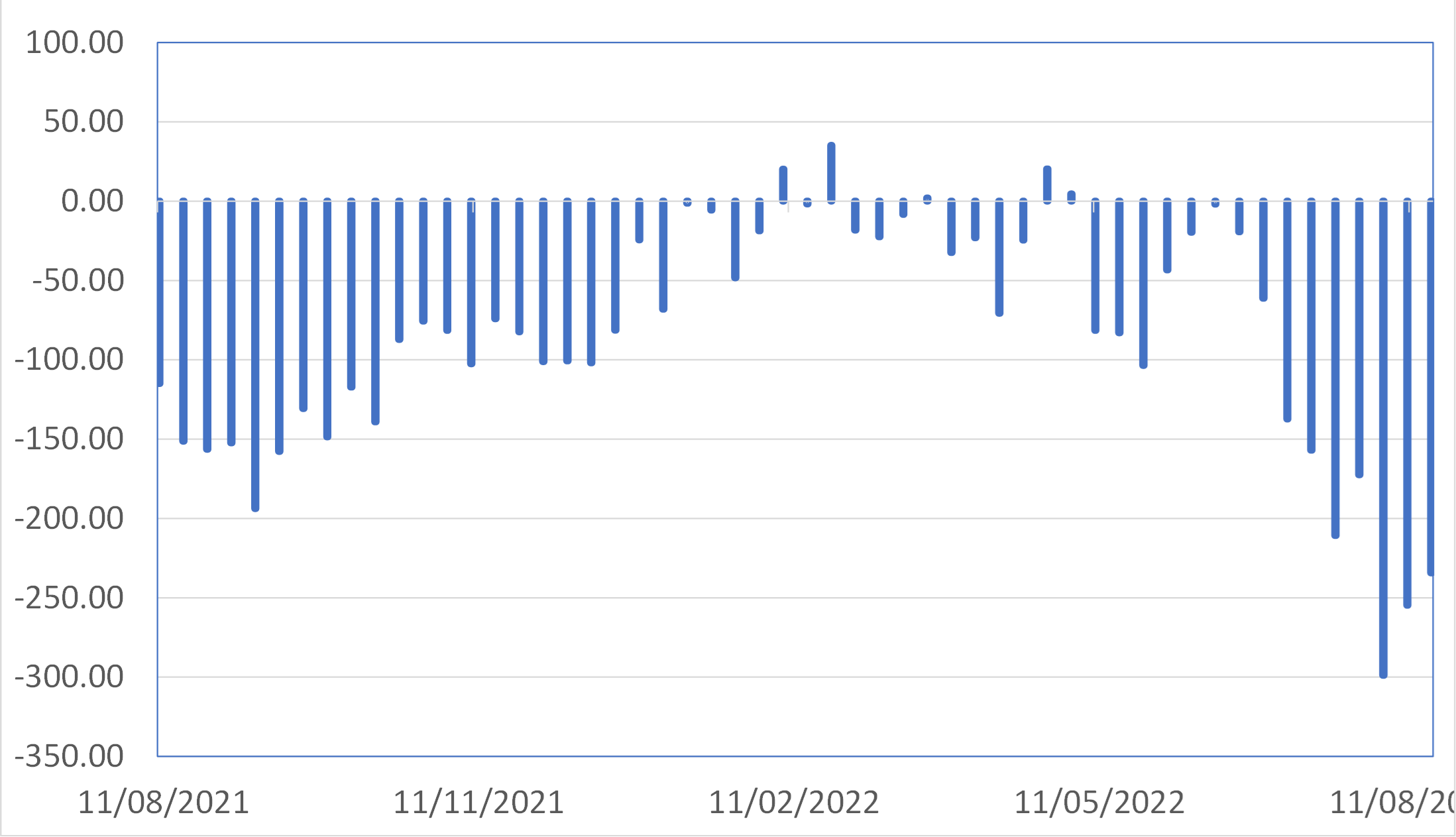Almost forty years ago, China’s then paramount leader, Deng Xiaoping, decided that his country needed a “Great Leap Forward” in order to catch up with its economic rivals and secure its then fading place within the global system.
Although it was not advertised as such, the economic model that the leadership in Beijing subsequently adopted was based on what was in essence a particularly aggressive version of that previously used by Japan during the 1950s and 1960s, and South Korea a decade later.
Under this model, the corporate sector was encouraged to invest heavily and price its goods keenly so that both export growth and import substitution could be achieved. Of course, this strategy left the corporate sector racking up huge annual financial deficits, which the banking system was then charged with financing at officially-determined persistently low borrowing rates. However, since the banks were not charging (much) to make loans, they could not provide savers with attractive deposit rates and hence the country had to employ not only tight controls on capital outflows but also on alternative savings vehicles within its domestic markets. People, if they wanted to save, were only allowed to save through deposits, or increasingly via property speculation.
Initially, this model worked spectacularly well – China’s economic transformation between 1990 and 2010 was simply immense. However, by 2015 the model was beginning to reach its limits, primarily because China’s savers were no longer willing to acquire endless quantities of deposits at low rates in “zombie banks” so that the later could keep lending to cash flow negative companies and property developers.
Today, we find that more than half of all of the bank deposits in the World are held in China, despite the PRC being less than a fifth of the global economy and not surprisingly this has created a situation in which China’s savers have become satiated with this form of saving.
This, in turn, has left the domestic banks struggling for funding and therefore very much less able to support Deng’s model. At times, the banks have managed to alleviate the strains on their funding by issuing bonds, or even sourcing funding from offshore, but as global rates have increased these conduits have also closed, thereby leaving the banks unable to grow their balance sheets.
Hence, China’s economic deceleration – which began back in 2016 when the problems first emerged – has started to intensify. Our Gravity Index is an alternative measure of economic activity in China which we regard as superior to the conventional and often rather optimistic GDP figures and this shows China’s economy weakening from 2016 onwards – with only a short-lived bounce
Post Pandemic in 2021. More recently, the economy’s problems have intensified and the system may now be locked in a familiar Emerging Market compound interest trap as credit shortages force companies into austerity, credit dependent sectors such as housing weaken, and indebtedness levels in aggregate start to grow much faster than GDP.
China: AHEL Gravity Model
average = 0

We have covered debt-trap dynamics such as these in Latin America, Eastern Europe and of course Asia during the 1990s, and we see little that is different this time in what is going on in China. History shows that recovering from such a cycle can take a decade or more.
If the 2000s represented the PRC’s trade boom following its accession to the WTO, then the 2010s were a decade of speculation and the 2020s will likely be a decade of balance sheet recession and continued weak growth.
This will not just be a problem for Beijing. Since the Global Financial Crisis the US Federal Reserve may have determined global liquidity conditions, but it was China who was the arbiter of global growth trends. However, as we look to the future, we can expect China to continue to exhibit weak import trends and a strong desire to export, if only so that its companies can raise much needed cash flow. We fully expect China to produce trillion-dollar trade annual surpluses in the near future as export growth remains elevated but imports slump. This will be a profoundly deflationary event for global growth.
Nowhere will the change in circumstances be more keenly felt than in Australasia. Both New Zealand and Australia have benefited immensely from China’s surging demand for imports over the last twenty years, but this period looks to be at an end with implications not just for their export quantities but also the prices of their exports. China’s economic slowdown will represent a very real shock to their systems that will, unfortunately, make the countries less wealthy over the longer term.
Unfortunately, this is occurring at a time during which long distance tourism trends are likely to be slow to recover from the Pandemic. Holidays “Down Under” are not just one of the ultimate “discretionary spending items”, they are also viewed less kindly in a carbon-emissions-conscious world. Once people have seen their distant friends and family after the COVID-enforced hiatus in such reunions, we may well find that travel to far off places is simply viewed as being too hard and too expensive at a time when household budgets around the world are under pressure. This too could become a long-term shock for countries such as NZ.
It seems to us that a number of factors are combining to reduce the long-term real wealth of New Zealanders, but the question is will NZ recognize this and will people change their spending habits accordingly? It is our sense that there will be a lag between perception and reality and that people will try to maintain their spending patterns – including on imports – even as their incomes remain under pressure. This possible failure to adjust to a changed world would then likely be reflected in large and systemic current account deficits, perhaps of the equivalent of 10% of GDP.
In our experience, around ninety percent of the time current account deficits can be financed relatively easily and therefore “never appear to matter”. New Zealand has traditionally financed its current account deficits in the debt markets and often within the opaque bank funding markets (usually via Australian banks who in turn have sourced US dollar funding).
Unfortunately, the US Federal Reserve is tightening and at the same time we are only too aware just how parsimonious US banks have become in recent weeks when it comes to providing dollars to foreigners. Indeed, it seems to us that we will shortly enter a “dollar shortage” in global finance and we wonder if Australia’s banks may already be running into difficulties sourcing dollars in the US.
USA: Foreign-Owned Bank Lending to Non Residents
USD billion over 5 weeks

If Australia’s banks cannot attract enough funding for themselves, then it is highly unlikely that they will continue to route dollars to their NZ subsidiaries, thereby removing one of the primary mechanisms by which New Zealand might fund a current account deficit. Moreover, with foreign buyers excluded from the property market (and probably now net sellers following the border closures), there is now a very high probability that NZ could face very real problems in funding its current account deficit.
Traditionally, these types of problems are reflected in a (very) weak currency, upward pressure on yields and ultimately a domestic recession that could become quite long term as people do begin to adjust their long-term wealth expectations. These problems are by no means unique to NZ – Australia faces the same issues and the UK faces similar if not quite identical pressures; the strong USD will likely inflict real economic pain on these property market reliant economies. On a relative currency adjusted basis, it may be time for NZ’s savers to look away from domestic property and more towards offshore investments.



